Cat Cat Village
Cat Cat village is one of the most famous destination of not only domestic travellers but also foreign ones. It is located on on the Muong Hoa Valley and takes just a few minutes of walking distance from Sapa.
This is an age-old village of H'Mong ethnic group remaining unique customs and practices that are lots in other villages. Cat Cat formed from the mid 19th century, a division clustered minorities living along the mountainside, each house a few dozen meters apart. People cultivation and farming on hillsides. They grow rice, corn, potato, cassava by mode manually on the terraced field.
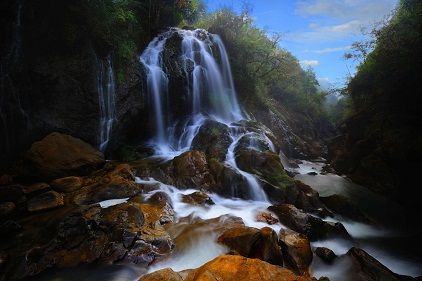
Visiting Cat Cat village, we can have a chance to visit a big waterfall on the stream and the old Hydro Electric Power Station built by the French here.
An interesting feature of Cat Cat village which made it different from other ethnic villages in Sapa is that many original unique customs still remain, typically “steal or pull a wife”. Travellers when taking trekking tours to the village are often told this strange customs: when a man falls in love with a girl, his friends and he will plan to “pull” the girl to his house suddenly and then hold her for three days. After that, if the girl agree to be his wife then they will get married, if not, they will drink a bowl of alcohol together and everything will back to normal as nothing happened.
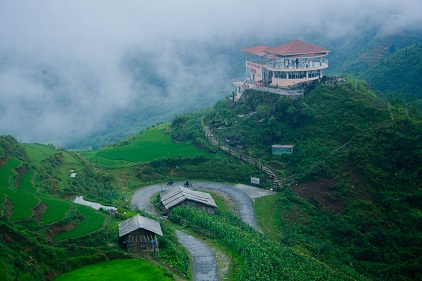
Besides, traditional houses of H'Mong people in Cat Cat village have three rooms with three doors and covered with po mu wood roof. In the house there are three columns that stand in round or square stones. The walls are made from sawn timber. The main door is always closed and only opens when people in the house organize important events. Altar, inlaid floor containing food, places for sleeping, kitchen and receiving guests are indispensable parts of the houses.
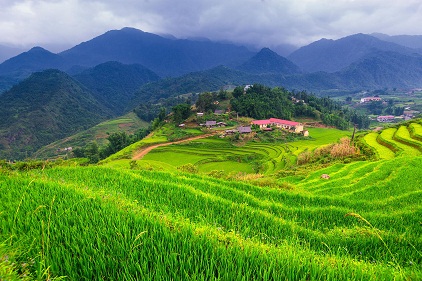
In addition, the craft traditions of H'mong peoples is very unique because H’Mong women use plants and leaves to dye these brocade fabrics. And then they roll a round and smooth section of wood covered with wax on fabrics to polish them, making their colors durable.
See more
-
.jpg)
Sapa market
In the early morning, streets in Sapa downtown are filled with hundreds of Hmong and Red Dao people in colorful ethnic attire heading to Sapa market. The traditional Sunday...
-
.jpg)
Water Puppet Theatre
Water puppetry is one of typical stage art of Vietnam culture- showing the intelligence, creativeness of people; being specialty of Vietnam’s wet - rice civilization.
-

Tra Que herb village
For tourists who come from big cities and who are curious about the Asian countryside, Tra Que village in Hoi An i s obviously a good choice. One of the great things about...
-
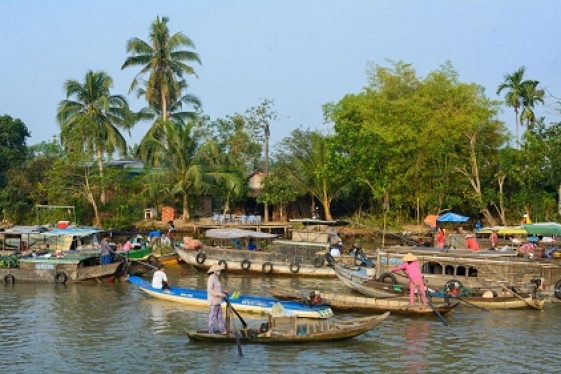
Phong Dien Floating Market
Phong Dien floating market is not only a palce for selling and exchanging products but also a popular attraction in Can Tho . Phong Dien floating market has many different...
-

Vietnam Fine Arts Museum
Just across the street from the Temple of Literature, Vietnam Fine Arts Museum can be found spotted easily from afar.
-
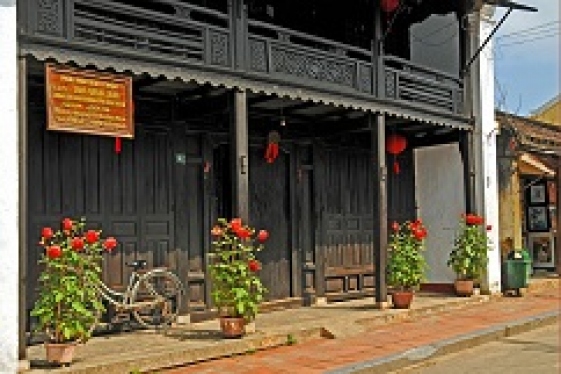
Old Houses in Hoi An
Old houses in Hoi An hide a long history inside. These houses were featured strikingly by the length, lying close together in the wide and airy lanes. To learn about Hoi...
-
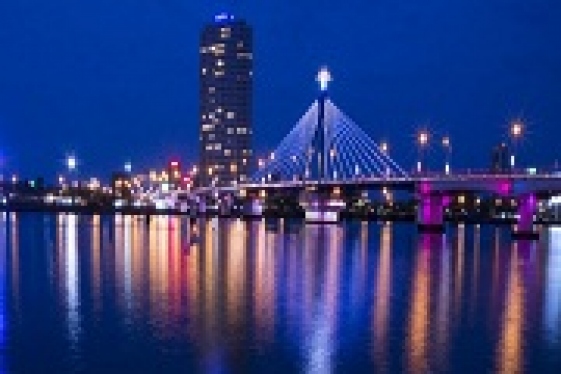
Han River Bridge
Han River Bridge is a symbol for new vitality and the developing desire of Danang and crossing the romantic Han River in Da Nang . Each year, Han River Bridge attracts ,many...
-
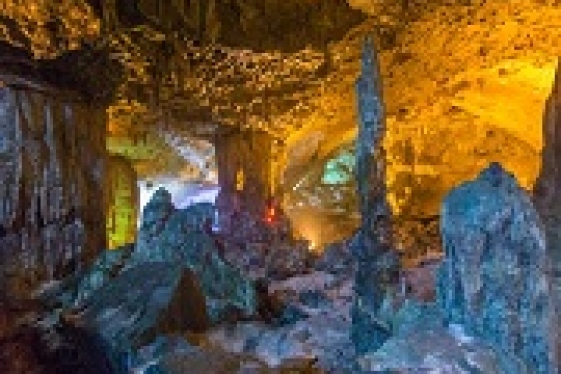
Sung Sot Cave
Sung Sot Cave is situated on Hon Bo Island and one of the most beautiful and largest caves in Halong bay . Sung Sot Cave is filled with unsual rock formations, which are...
-
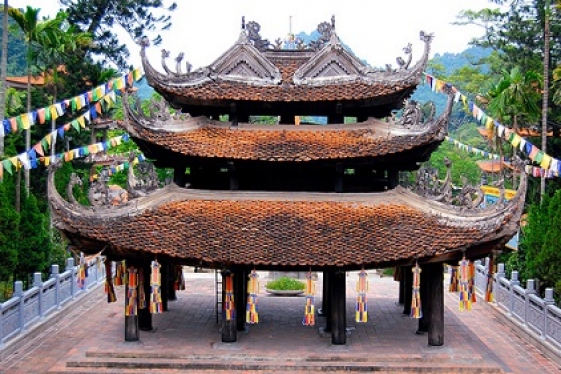
Emperor Jade Pagoda
Emperor Jade Pagoda, also known as Tortoise Pagoda, is one of the five most important shrines in Ho Chi Minh City. Built at the turn of the 20th Century by a community of...
-
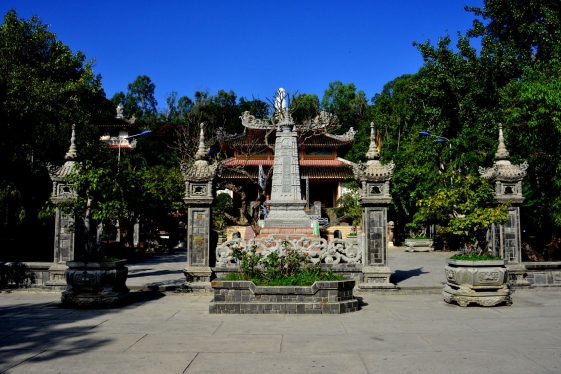
Long Son Pagoda
Long Son Pagoda, also well known as White Buddha Temple (Behind the pagoda is a huge white Buddha seated on a lotus blossom) is one of the most beautiful pagoda with an...
Destinations
Most popular tours
-
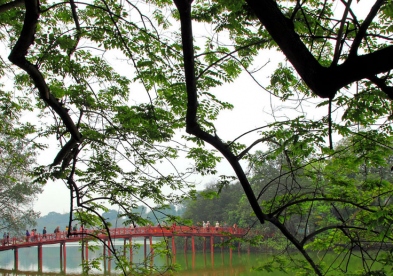
Hanoi City Tour Full Day
Price from: 25 US$
-

Charm of Vietnam
Price from: 900 US$
-

Halong Bay by Helicopter
Price from: Contact
-
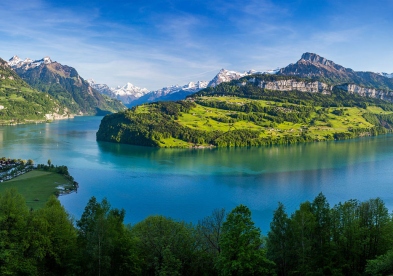
Nha Trang Beach Fun
Price from: 210 US$
Business info
Vietnam Local Guide
- Address: 18th Floor, VTC Online Tower, 18 Tam Trinh Str.,Hai Ba Trung Dist., Hanoi, Vietnam
- Email: info@vietnamguider.com
- Phone: (+84) 0904989890
- Hotline: (+84) 0904989890